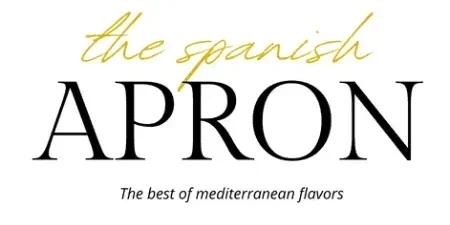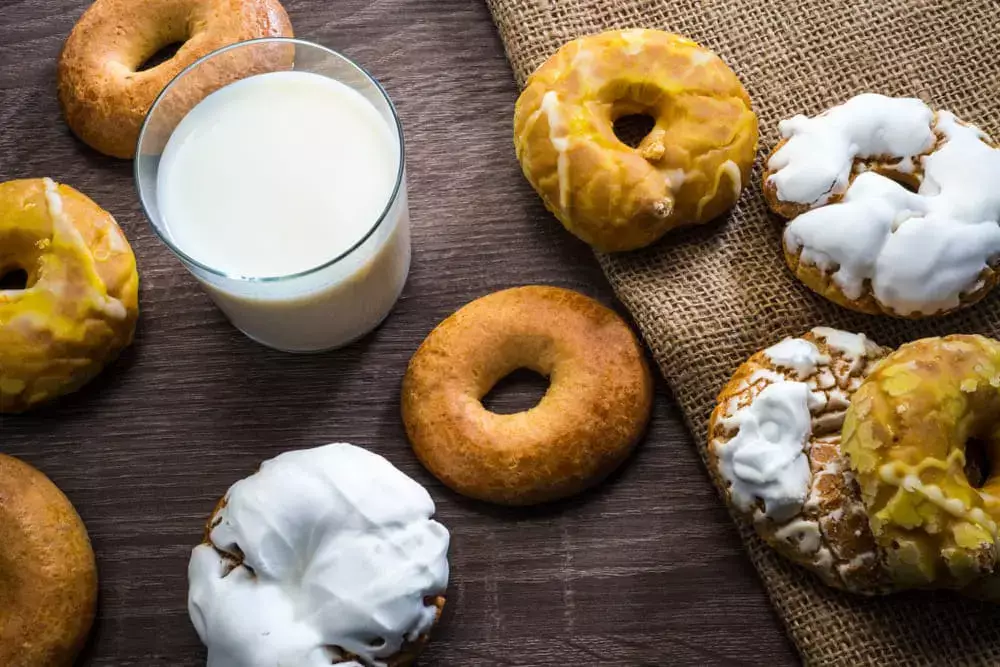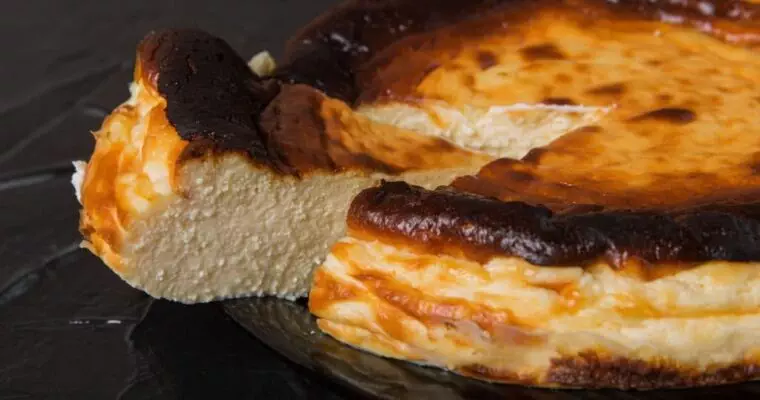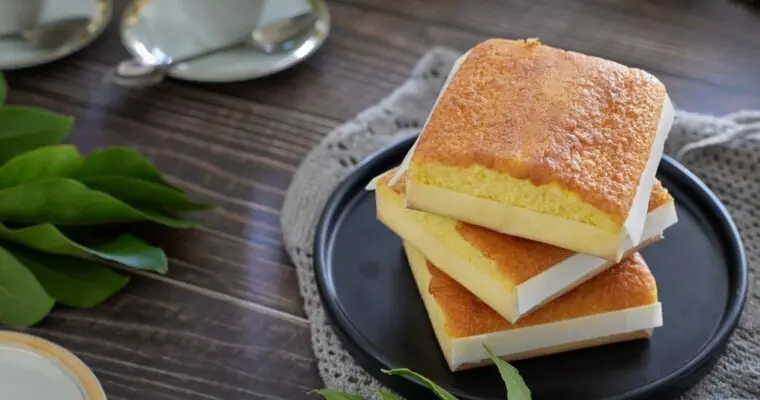San Isidro is Madrid’s beloved patron saint, and each May 15th, Madrileños celebrate his feast day with a lively festival that wouldn’t be complete without rosquillas, a delicious assortment of donuts honoring the saint. These iconic pastries have been a staple at the festival for centuries, served in many traditional styles, from simple and plain to lavishly decorated. If you want to taste Madrid’s heritage at home, this guide will walk you through the types, recipes, and tips for making San Isidro rosquillas.
Table of Contents
What Are San Isidro Rosquillas? A Taste of Madrid’s Tradition
San Isidro rosquillas are deeply rooted in Madrid’s history, symbolizing the start of spring and the festive spirit of San Isidro’s feast day. Traditionally enjoyed during the outdoor celebration known as la romería, these pastries bring a unique flavor to the holiday, and vendors sell them fresh at every corner. Rosquillas come in four main varieties, each with its unique twist:
- Tontas (“Foolish”): The simplest version, baked without glaze or toppings, for those who love a more classic pastry.
- Listas (“Smart”): Rosquillas with an egg yolk and lemon glaze, adding a sweet and citrusy touch.
- De Santa Clara: Coated with a light, dry meringue, creating a beautiful white crust on top.
- Francesas (“French”): A luxurious version topped with chopped almonds.
Whether you prefer the classic taste of tontas or the richer francesas, these variations are essential to celebrating San Isidro in Madrid.
The Festival of San Isidro and the Tradition of Rosquillas
The San Isidro festival, celebrated on May 15, honors Madrid’s patron saint with processions, music, and feasts. Locals flock to the Pradera de San Isidro, an iconic park where families gather for a day filled with traditional foods, drinks, and dances. Rosquillas is one of the festival’s hallmarks, enjoyed alongside other treats like limonada madrileña (a unique Spanish lemonade) and barquillos (wafer rolls). For many, tasting different types of rosquillas at the festival is a beloved ritual that celebrates Madrid’s culinary heritage.
Types of San Isidro Rosquillas and Their Unique Flavors
Each type of rosquilla is distinct and worth trying:
- Rosquillas Tontas: These are simple, ring-shaped donuts made with flour, sugar, anise, oil, and eggs. Their soft, bready texture makes them ideal for pairing with coffee or tea.
- Rosquillas Listas: For a sweeter twist, listas are coated with a glaze made from egg yolks and lemon juice. This glaze hardens into a glossy topping that adds a vibrant color and citrus flavor.
- Rosquillas de Santa Clara: These rosquillas are covered with dry meringue, creating a white, delicate crust contrasting beautifully with the soft inside.
- Rosquillas Francesas: The most decorative of the bunch, francesas have a sprinkle of chopped almonds, giving them a crunchy texture and nutty flavor that complements the sweet dough.
Recipe for Traditional Rosquillas Tontas: Ingredients and Step-by-Step Preparation
For a simple, authentic taste, here’s how to make rosquillas tontas:
Ingredients:
- 2 cups flour
- 1/2 cup sugar
- 1/4 cup olive oil
- 2 eggs
- 2 tsp anise liqueur
- 1 tsp baking powder
Instructions:
- Prepare the Dough: Combine the flour, sugar, and baking powder in a large mixing bowl. Whisk together the eggs, olive oil, and anise liqueur in a separate bowl.
- Combine: Gradually mix the dry ingredients into the wet mixture until a soft dough forms.
- Shape the Rosquillas: Divide the dough into small balls and shape them into rings, pinching the ends together.
- Bake: Place the rosquillas on a parchment-lined baking sheet. Bake at 375°F (190°C) for 15–20 minutes until puffed and golden brown.
Tips: Ensure your oven is preheated, and don’t open the door while baking, for a puffier texture.
Expert Tips and Variations for Making San Isidro Rosquillas at Home
To get the most out of your rosquillas, try these expert tips:
- Experiment with Glazes: Add a lemon glaze for a listas twist or sprinkle some meringue powder to mimic Santa Clara rosquillas.
- Adjust Ingredients for Texture: Try using cake flour instead of all-purpose flour for a softer, more bread-like texture.
- Flavor Enhancements: Add a touch of cinnamon or extra anise if you prefer a more aromatic dough.
Spanish Recipes Related to San Isidro Rosquillas
Rosquillas are just one of Madrid’s treasured festival foods. Other popular treats include:
- Churros con Chocolate: A beloved snack of fried dough sticks dipped in thick chocolate.
- Torrijas: Slices of bread soaked in milk, egg, and sugar, then fried, perfect for Easter.
- Buñuelos: Fried dough balls filled with cream or chocolate, enjoyed during festivals.
FAQs About San Isidro Rosquillas
How long do rosquillas last?
Stored in an airtight container, they can last up to a week, but they are best enjoyed fresh.
Can I freeze rosquillas?
Yes, they freeze well. Thaw them at room temperature before serving.
What’s the best way to add the glaze?
For a smooth glaze, dip each rosquilla in the icing while it’s warm, and let it set.
Conclusion: Celebrate San Isidro with Homemade Rosquillas
Making San Isidro rosquillas at home is more than a baking project; it’s a way to experience Madrid’s rich culture and traditions. Whether you stick to the classic tontas or try the more elaborate francesas, these homemade rosquillas are a delicious tribute to Madrid’s most festive day. So, bring a taste of San Isidro into your kitchen and enjoy the sweet flavors of Spanish tradition!
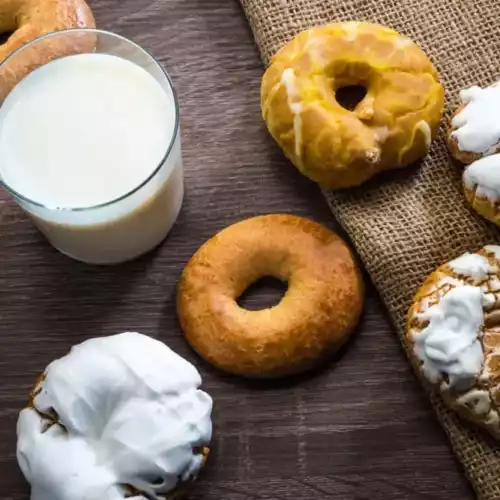
4 Best San Isidro Rosquillas Recipes to Try at Home
Ingredients
- 2 cups All-purpose flour
- ½ cup Granulated sugar
- ¼ cup Olive oil
- 2 Large eggs
- 2 tsp Anise liqueur (or 1 tsp anise extract)
- 1 tsp Baking powder
- A pinch of salt
- Optional: extra sugar for dusting
Instructions
- Preheat the OvenPreheat your oven to 375°F (190°C). Line a baking sheet with parchment paper.
- Prepare the DoughIn a large bowl, whisk together the flour, baking powder, salt, and sugar until well combined.In another bowl, beat the eggs, olive oil, and anise liqueur until the mixture is smooth and slightly frothy.
- Combine IngredientsGradually add the dry ingredients to the wet mixture. Stir with a spoon or spatula until a soft dough forms. If the dough is too sticky, add a little more flour until it is easy to handle but still soft.
- Shape the RosquillasDivide the dough into small portions, about the size of a golf ball, and roll each one into a ball.With your finger, press a hole through the center of each ball to shape it into a ring. Pinch the ends to keep the rings intact during baking.
- Bake the RosquillasPlace the rosquillas on the prepared baking sheet, leaving some space between them. Bake in the preheated oven for 15–20 minutes, or until they are golden brown and puffed up.
- Optional Finishing TouchFor added sweetness, sprinkle a bit of sugar over the rosquillas while they are still warm.
Notes
Serving Suggestions
- Enjoy these rosquillas with coffee or tea. They are traditionally served fresh, but they will keep for several days if stored in an airtight container.
Extra Tips for Success
- For a traditional look: Aim for rosquillas that are puffed and nearly closed in the middle.
- Anise flavoring: For a milder taste, reduce the anise liqueur slightly or replace with vanilla extract.
